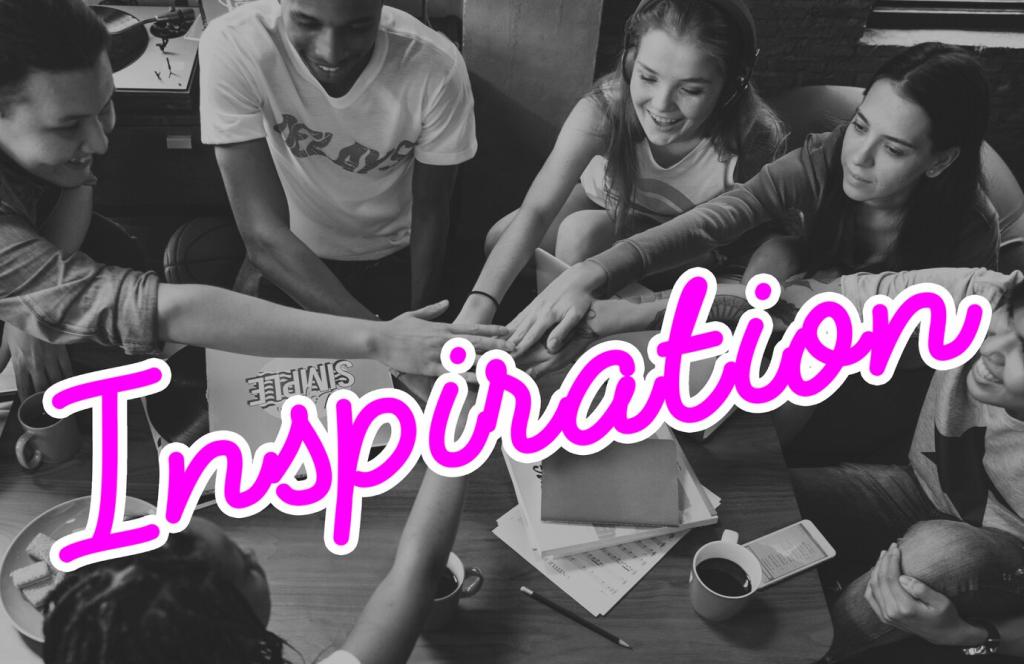Imagery, Iconography, and Metaphor
A recurring image—a path, a window, a tide—can mirror a character’s journey without literal explanation. Reuse with subtle variation to suggest growth. Too much repetition dulls impact, so schedule appearances like refrains that return with fresh emotional color and intent.
Imagery, Iconography, and Metaphor
Change camera height, lens choice, or cropping to align the reader with a protagonist or theme. Low angles empower; close crops intimate. Match post-processing to narrative mood, and caption with verbs that propel action rather than static description that stalls momentum.









